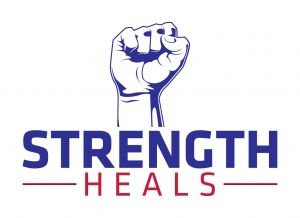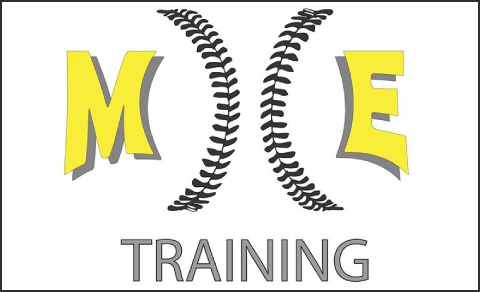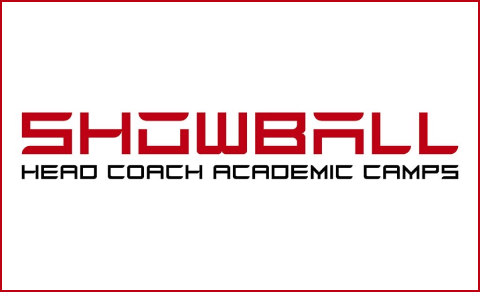by Jarad Vollkommer, CSCS
If you want to throw hard, you have to train hard often, and train SMART often. Training smart includes knowing that the pitching motion requires full body activity, therefore it is important to train your entire body and not only focus on your throwing shoulder.
Don’t get me wrong, to be successful in the game of baseball, you do no need a few things as a pitcher: a lot of external rotation in your throwing shoulder, decent core stability when in the overhead position, great thoracic rotation in respect to hip mobility, single leg strength in multiple planes of motion, and tree trunks for legs (just to name a few).
Pitching is such an interesting movement to study because it is so technical. One small movement gone the wrong way and you miss the plate by a few inches, or rather a few feet!
Research has delineated the throwing motion into six sub-phases: wind-up, stride, arm cocking, arm acceleration, arm deceleration, and follow-through. Let’s dive into the research on how to optimize each phase of the throwing motion.

- Wind-Up
This phase of the motion is highly variable between pitchers. One wind-up will most likely never be exactly not another, just like squatting patterns in the weight room.
With that being said, the reason we start the motion with a wind-up is to lead the body into the next phase (the stride).
The lead leg achieves great flexion in both the hip and the knee to essentially create the biggest stretch possible in the lower half before creating a ton of ground-reaction force into the mound.
Here are some great exercises that emphasize putting force into the ground and being strong on the backside:
Step-Up with Knee Drive
Farmer’s Carry with March

- Stride
The stride is generated from the back leg. A pitcher produces force into the ground both vertically AND horizontally. This is a concept that a lot of people miss. If you want to optimize this phase of the throwing motion, you need to have a decent amount of stride LENGTH [1].
Within this stride length, it’s important to also look at each leg independently. One study [6] found that a jump in the frontal plane (side-to-side plane) from one leg to the other was HIGHLY correlated with throwing velocity!
Often, pitching coaches tell their players to “stay closed” when moving through the stride phase. This is because if you fly open too early (increasing the stride angle), the amount of anterior force that is put on the shoulder increases.
The end of the stride phase is when the pitcher creates a triple extension pattern (ankle, knee, and hip) and moves the arm into the “cocking” position.
Here is a great exercise to hammer home this triple extension pattern:

- Arm cocking
This sub-phase is highlighted by front foot contact right after the end of the stride phase (triple extension) and maximal shoulder (glenohumeral) external rotation. Front foot contact allows the hips to begin rotating, and the front leg absorbs anywhere from 0.75-2.5 times body weight [2]!
It’s critical to understand that maximal glenohumeral external rotation is highly correlated with throwing velocity, and later you’ll understand why it is important to maintain cuff strength and endurance.
Here’s a good shoulder series that you could perform to maintain rotator cuff strength, endurance, and resiliency
Wall Dribbles
MB Rhythmic Stabilizations
![]()
- m acceleration
This is THE fastest movement in ALL of sports with the arm internally rotating at more than 7,000 degrees-per-second! No wonder why you feel sore!
This sub-phase is highlighted by the arm rotating into the release point before extending at the arm prior to ball release. Premature extension, or “getting around the ball”, creates a greater traction stress on the glenohumeral joint.
Extending before internal rotation reduces the amount of inertia (resistance to rotational acceleration), which allows for greater arm acceleration to occur [2].
If we have overdeveloped muscles, it will be very difficult to get our arm overhead (shoulder flexion and scapular upward rotation) during this portion of the arm acceleration phase.
Therefore, when training for sport, it is critical to train for movement patterns and not just specific muscle groups, especially when it comes to throwing a baseball.
When we look at the lower extremity, extension in the front leg is continued during trunk flexion while rotating through the hips; the ability to absorb force on the front leg will allow for optimal trunk tilt. Like mentioned previously, our front leg needs to absorb a ton of force.
These are the notable differences between skilled and unskilled individuals in the acceleration phase of the throwing motion. Research supports the school of thought that young throwers should be taught proper pitching mechanics. The kinetic differences are solely due to the differences in muscular strength among levels of development [5].

- Arm deceleration
Imagine a high-performance race car. After going pedal to the medal, you have to pump the brakes as hard as you can to try and come to a full stop. This is what is going on in the shoulder joint. The stabilizing muscles in your shoulder joint must maximally contract eccentrically (muscle lengthening) to slow down the shoulder.
Arm deceleration ends when the throwing shoulder reaches around zero degrees of internal rotation, and then the arm follows through to finish the throwing motion.
Glenohumeral Internal Rotation Deficit (GIRD) is also something that is alarming in the throwing motion (or any overhead athlete for that matter). However, although it is common, it is not significant with having an injury. Rather, total rotation loss of the shoulder joint is the issue [3].
Maintaining rotator cuff strength and endurance is super important because it gives the arm a better chance to stay healthy in that quick transition from acceleration to deceleration.
Pitchers who had greater than a 5-degree deficit of total rotation were 2.6 times more likely of being injured [4]. If we are not able to produce the optimal amount of layback (external rotation) in the arm cocking phase, internally rotating the humerus (upper arm) will create a ton of increased traction stress on the glenohumeral joint.
Just to show how aggressive the throwing motion is, pitchers lose 9.5 degrees of internal rotation and 3.2 degrees of elbow extension up to 24 hours after an outing [4].
Here are some exercises you can use to train the rotator cuff:
Arm Deceleration with Elastic Tubing
Banded Y
- Follow-through
The follow-through is highlighted by absorbing all the force that the back leg has created. This is where single-leg strength training becomes important, because both legs work independent of another.
In other words, having good single-leg strength is good, but being able to produce force on your drive leg and absorb force on your plant leg is where the focus is shifted towards. There are distinct functions of both legs working to get you to higher velocities!
Previous research has determined that the strength of the lead leg tends to be a differentiating factor in throwing velocity [6].
Here are some exercises that will allow your front leg to get nice and strong:




